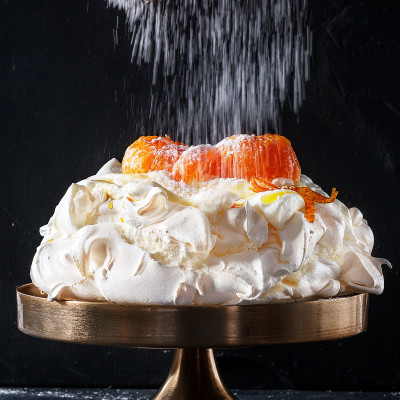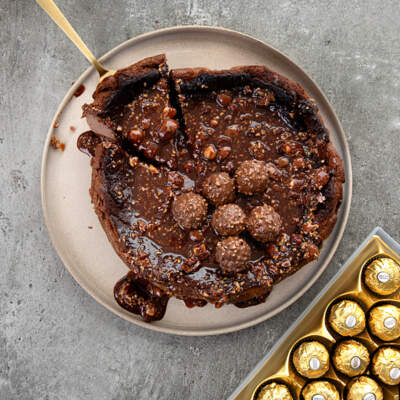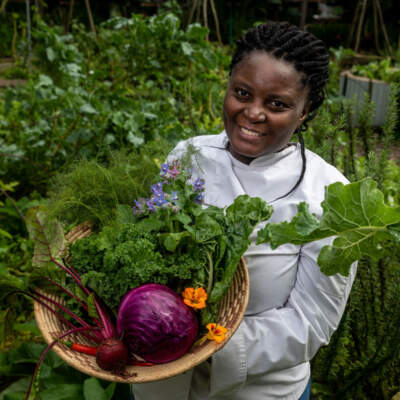How to make kombucha
Before you dismiss kombucha as a weird fizzy drink for the health bunnies of the world, hear us out. Not only is it great for your gut, but it’s super easy to make at home too. We’re breaking down everything you need to know.
What is kombucha?
In short, it’s fermented sweet tea. It’s fizzy, sweet and tangy all in one go, and it’s easy to customise with flavours of your choosing. Aside from its refreshing, thirst-quenching qualities, kombucha is hailed as being great for gut and intestinal health, owing to its high level of probiotics. If you’ve upped your intake of kimchi, whole yoghurt and proper fermented sourdough, kombucha is the next piece of the good bacteria puzzle.
How does the process work?
If you’ve made your own sourdough, the process of making kombucha won’t seem so foreign as the same fermentation process is applied here. You start by adding a mother culture called a SCOBY (symbiotic culture of bacteria and yeast) and some starter liquid (a small amount of kombucha) to sweetened black tea. Don’t be grossed out, if you’ve ever noticed fine wispy strands in vinegar before, that is basically a SCOBY (or a mother) too. You can pick up a SCOBY kit from any health food store or ask around – if your friends have made their own ‘buch, they’ll be able to give you some of their SCOBY.
The scoby – a layered, rubbery- looking disc – feeds on the sugar and tannins in the tea, causing it to ferment and develop its characteristic apple-cider vinegary, catch-at-the-back-of-your-throat tang. The drink then undergoes secondary fermentation, becoming more effervescent.
In terms of the tea used, you can theoretically use any tea you like, but black tea reportedly has the SCOBY’s preferred nutrients. If you like, you can infuse kombucha with herbal teas at a later stage.
Important things to note:
- Keep your SCOBY healthy and all your equipment clean by washing everything out with plain vinegar and boiling water.
- If you notice any black mould or spots, discard everything and start again with a new SCOBY and well-sterilised equipment.
- The sky is the limit with flavour combinations. Try adding flavoured teas, fresh fruit and herbs and spices, such as fresh ginger.
Method
Start by ensuring your jar and any mixing spoon you'll be using are clean and sterilised. This is important to ensure that no bad bacteria grow in your kombucha. The easiest way to do this is to rinse with vinegar, followed by boiling water.
To make 2 litres of kombucha, start by bringing 500 ml water to the boil in a small saucepan. Turn off the heat and add 2 black teabags and 100g sugar. Stir everything together to dissolve the sugar and then leave to brew for 5 - 10 minutes. Once brewed, remove the teabags from the solution and pour into a large jar.
To the brewed tea, add 1.5 litres of cold water. This is a clever way of ensuring you don't burn the SCOBY. Then, add the SCOBY and the starter liquid it's been sitting, which should roughly measure out 200 ml. There should be about 5 cm left at the top of the jar to allow for fermentation.
Cover the jar with a freshly laundered cloth and an elastic band to prevent dust, flies and any mould getting in. Alternatively, you can balance the lid on top. Don't seal it tightly – the SCOBY needs to breathe. Label the jar with the date and the mix of tea used.
Leave out on the kitchen counter to ferment for 7- 10 days at room temperature.
After about a week, you should be able to start tasting it and checking the flavour. It should be fizzy and acidic at this stage, but if you want it even more so, leave it for another two days or so. When you're happy with the base flavour, you're ready to start the secondary fermentation if you'd like to add more flavours.
Carefully, with clean hands, remove the SCOBY from the kombucha, and store in another jar in extra liquid until ready to make a new batch.
If you're adding more flavour to your kombucha, either add the chosen ingredients into the jar and leave to ferment for another day or two. Or, decant the kombucha into smaller jars or bottles, if you'd like to do a mix. When you're happy with the flavour, place the kombucha in the fridge until ready to drink.







Comments